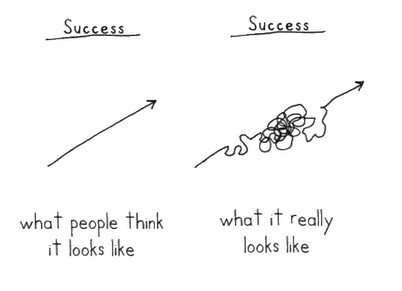--Originally published at Hackerman's house
Use cases is a methodology used to identify, clarify and organize system requirements. Use cases describe the step by step process a user goes to complete a goal using a software system, each use case has an specific goal and it has to consider the things that can go wrong, creating this way not only one path for the user but many paths.
Main characteristics of a use case:
- Organizes functional requirements
- Models the goal of the user
- One main flow of events, and other possible ones (alternate courses of action)
- Multi-level, this means one use case can use the functionality of another one
Photo by Bernard Goldbach
How to write a use case
You need to have a clear actor, and describe the scope of the use case.
Describe the set of steps the actors take to accomplish the goal of the use case. In case there are alternate flows you have to describe it as well. There is another type of flow, exception flows are the things that prevent the user from achieving their goal, this steps should also be in the use case. The alternate and exception flows must be marked as not part of the main path.

Photo by Kate Rusell
References:
Brandenburg, L (2018) How to write a use case. Bridging the gap. Retrieved from: https://www.bridging-the-gap.com/what-is-a-use-case/



